The Joan Ganz Cooney Center is excited to welcome 10 youth fellows from around the country to participate in our initiative, By/With/For Youth: Inspiring Next Gen Public Media Audiences. These teens were selected from an applicant pool of more than 60 talented youth to join a four-month, paid fellowship program to help shape the future of public media.
In the 1990s, the disability rights movement brought us the mantra, “Nothing about us, without us.” We believe the same needs to be true here: as public media works to better engage tween and teen audiences in the future, we need to do that work in close collaboration with youth. The Cooney Center is thrilled to work with our Next Gen Public Media fellows and to live up to the commitment of the “by” and “with” that are in our initiative’s name.
Throughout the Youth Fellows program, teens meet every other week to build community and prepare for opportunities to participate in public events for the Next Gen Public Media initiative. So far workshop participants have engaged with direct quotes shared by these youth, and in June, three of our fellows joined the peer learning community for a discussion about the question, “What’s so special about youth media, anyway?”
In the weeks and months ahead, fellows will co-lead a public webinar series, serve as advisors in our research, and influence our strategy moving forward.
Meet the fellows: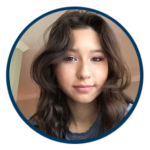 |
Audrey is a junior in high school from Virginia with a passion for the humanities. She plans to pursue a bachelor’s degree following her graduation. In her free time, Audrey enjoys baking, ceramics, and experimenting with makeup. |
 |
Faiza is a junior in Maryland, where she is enrolled in her school’s interactive media production program. She loves everything multimedia and journalism-related. Involved with an array of affinity and activism organizations at her school, she is dedicated to amplifying student voice. As a co-host for PBS NewsHour Student Reporting Labs’ On Our Minds podcast, she has discovered a newfound passion in public media through reporting and teen mental health. |
 |
Gabby is a young latinx multimedia creator and artist based in Philadelphia. They like making documentary films and facilitating conversations about identity in the Latinx community. They are currently a junior in high school and spend their free time participating in numerous clubs and volunteering. Ask Gabby about anything related to True Crime or Dungeons & Dragons, and they’ll talk to you for hours… |
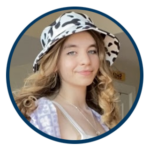 |
Gracie is going into her junior year in high school in Wisconsin. Some of her interests include musical theater, philosophy, history, video editing, and writing. When she’s not doing any of that, you can find her petting her cats or reading some meaningless, insufferably long book. When she gets older, Gracie wants to work in politics and Theater, something combining the two. |
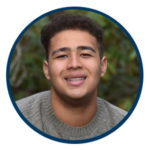 |
Jaden is from Massachusetts. He enjoys diving deep into topics that involve diversity, equity, inclusion, and justice (DEIJ). He currently is involved in his school’s DEIJ office, and he consistently helps students discover the beauty of their identity and all of the joy that comes from it. He also has a special knack for connecting with people of all different backgrounds. |
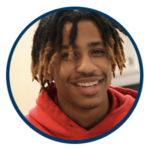 |
Jeremiah is from Georgia; he is the director and producer of an award-winning video for a COVID-19 PSA Competition for the Southeastern Region of Jack and Jill of America, Inc. His outstanding work as a 2021 PBS NewsHour’s Student Reporting Labs Program fellow can be found on YouTube. He also serves on the Media Team at his church, The Faith Center of Atlanta, and served as a student leader for the Good News Club at Cornerstone Bible Church. As the owner of Jpebble Graphics and Entertainment, Jeremiah continues to produce stellar marketing materials ranging from business cards to highlight reels for local athletes and musicians. |
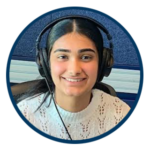 |
Mahi is a sophomore from California, where she plays for the varsity basketball team. She is the founder and host of the She Can Ball podcast, a show meant to inspire the next generation of female basketball players. Mahi also serves on her local NPR-Affiliate Radio Station’s Youth Advisory Board, where she was recently the youngest ever co-host for their award-winning radio show, Forum. In her free time, she loves hanging out with her friends and family. |
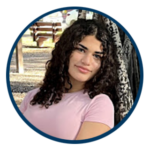 |
Rebecca is from Virginia. She is on her school’s dance team and is a teen leader in her B’nai B’rith Youth Organization (BBYO) Chapter. She enjoys traveling, playing board games, going to the beach and hanging out with her friends. She is excited about the possibility of making a lasting impact on public media. |
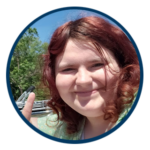 |
Remy is a 17-year-old incoming freshman in Tennessee. He has a passion for journalism, puppetry, and having a good time! His sights are set on getting a doctorate in the future, and he hopes for a career that’s primarily focused on academic writing. |
 |
Taylor is a senior in Florida. He’s interested in social media, technology, and linguistics. Outside of school, you can find him watching Survivor, reading, or working at a local ice cream shop. He will begin studying computer science at Carnegie Mellon University in the fall. |